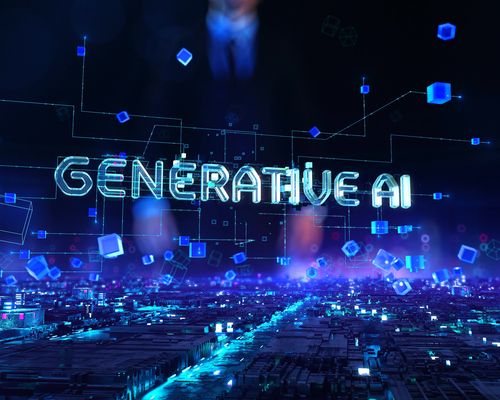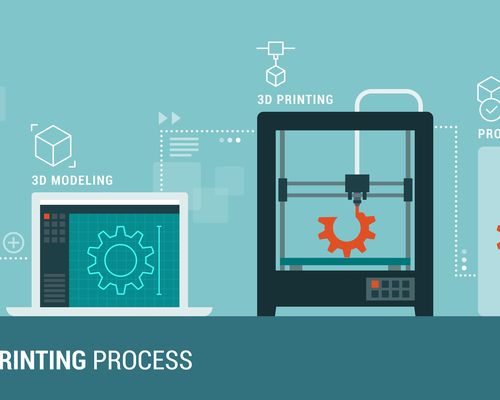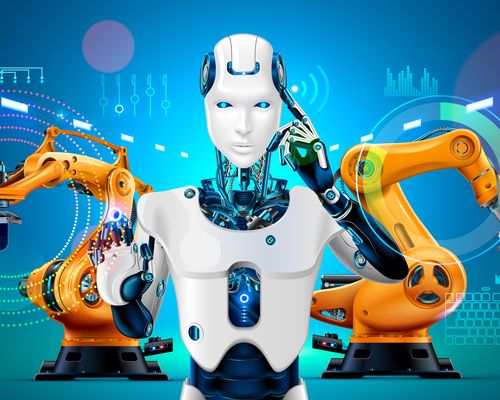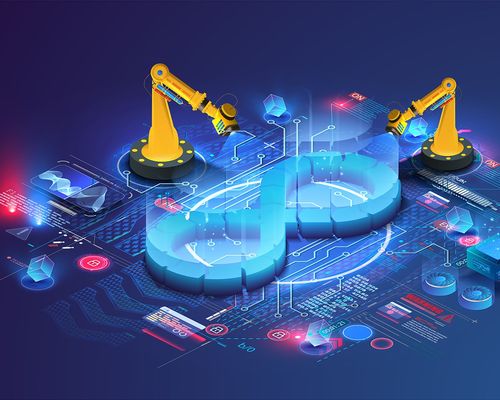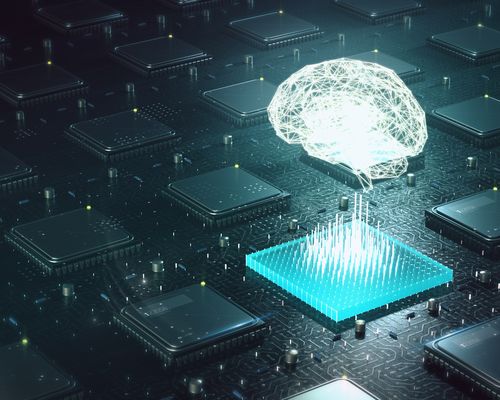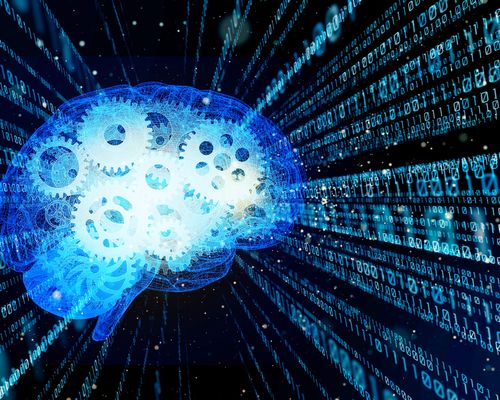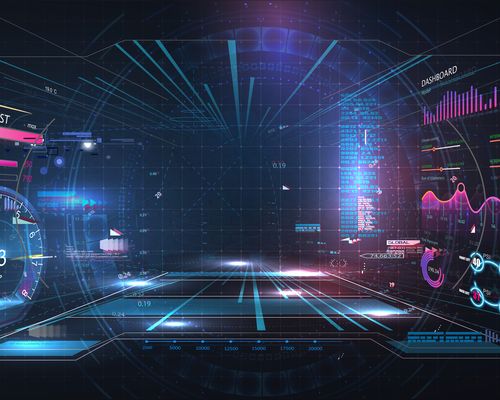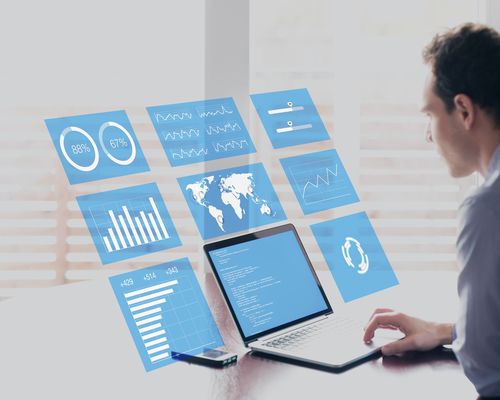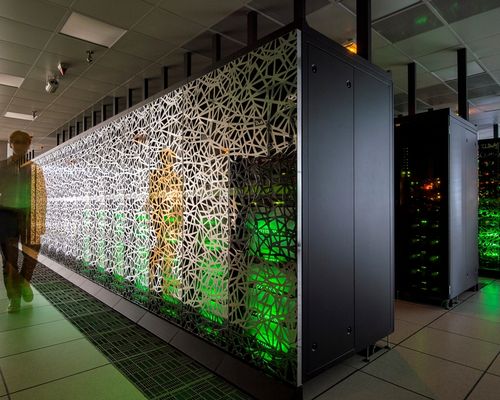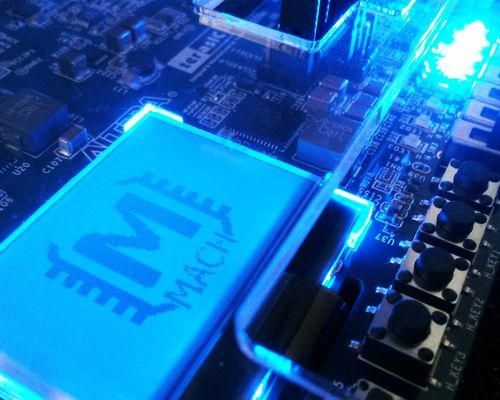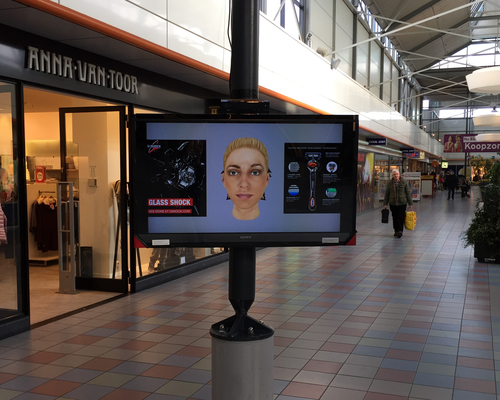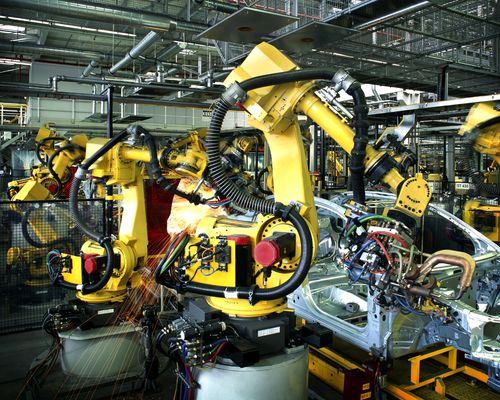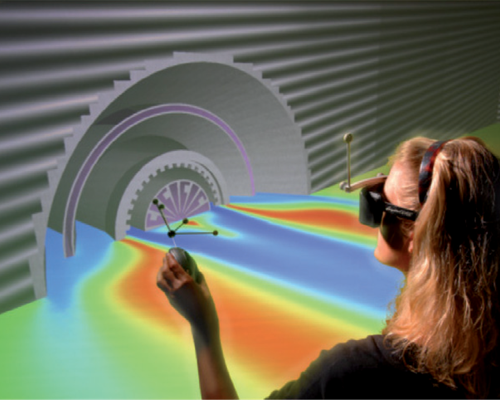
ITEA Challenge
Smart Engineering

Introduction
Engineering – smart engineering – is indispensable to the constantly evolving systems, products and applications we build. The lifecycle of engineering systems and software is expanding with more and more stakeholders, more roles in development, deployment, manufacturing and operations, extending further back into design and further forward into operations. We need to bridge the gaps in the lifecycle with solutions in analytics, business with a social objective, agility and scalability. We must also be aware of the growing tendency of the blurring border between data and engineering that is due to behaviour data dependent systems. Simulation and software engineering provide cost-effective, time-reducing options. The open source business model complements other business models that coexist to sustain the tools and services market as a promising way to disseminate and exploit results, provided the ecosystem is sufficiently structured and sustained. We need smart engineering solutions to remain globally competitive by continuously improving performance, reducing costs and boosting quality, security and safety in a value chain that is becoming ever more complex.
Some facts and figures
- Today, high-end cars can have more than 10 million lines of code, and aircraft engine controls incorporate several thousand input and output parameters. [22]
- The security of a software-intensive system is directly related to the quality of its software. Over 90% of software security incidents are caused by attackers exploiting known software defects. Analysis of 45 e-business applications showed that 70% of security defects were design defects. [23]
- The take-up of agile development methods over recent years has seen an increase in success rates compared with traditional waterfall projects, with 39% successful projects (against 11% for waterfall) and fewer outright failures (9% against 29%). [24]
- According to Gartner, open source relational database management systems (OSDBMSs) have matured significantly over the years. They predict that by 2018, more than 70% of new in-house applications will be developed on an OSDBMS and that 50% of existing commercial relational database management system instances will have been converted or will be in process. [25]
Imagine …
Imagine being the master of software development and continuously improving the efficiency, knowing we
can forecast
the user needs on the basis of his present pain points. Imagine a team of developers from different
countries
working cooperatively 24/7 creating substantial software with continuous integration that allows
automatic testing
every day and deployment in the hand of the end users and getting immediate feedback from these end
users every
week. Being able to continuously adapt the specifications on the basis of actual user feedback. A
secure, resilient
world of engineering that enables the engineer to concentrate on the engineering challenge without
worrying about
the operational issues of using the various engineering tools and the interfaces between them.
Imagine what is possible when we dare to dream, when we reach for the stars in a galaxy full of
opportunities
…
References
[22] Smart
Products, Smart Engineering Solutions. Article by Bernard Dion, ANSYS Advantage - V6 I3,
2012.
[23] Software Engineering Institute: Research
outline.SEI,
last visited September 2017.
[24] Standish Group 2015 Chaos Report -
Q&A with
Jennifer Lynch. An article by S. Hastie & S. Wojewoda on InfoQ.com, 4 October 2015.
[25] The State of Open Source
RDBMS,
2015. Gartner, Donald Feinberg and Merv Adrian, April 21, 2015.

Projects related to the challenge Smart Engineering








GreenCode
GreenCode: AI/ML Driven Software Optimisation to Reduce Cost and Climate Impact



MONA LISA
Monitoring and Analytics for the whole Lifecycle, on Models, Hardware, and Software



SOSIS
Software product line Optimization for Safety-/mission-critical Industrial Systems




GenerIoT
Generating and Deploying Lightweight, Secure and Zero-overhead Software for Multipurpose IoT Devices


ASIMOV
AI training using Simulated Instruments for Machine Optimization and Verification


EFICAS
Energy Efficient Heterogeneous AI-Framework for Smart Mobile and Embedded Systems




InnoSale
Innovating Sales and Planning of Complex Industrial Products Exploiting Artificial Intelligence









SmartDelta
Automated Quality Assurance and Optimization in Incremental Industrial Software Systems Development




AIToC
Artificial Intelligence supported Tool Chain in Manufacturing Engineering



COMPAS
Compact modelling of high-tech systems for health management and optimization along the supply chain





IVVES
Industrial-grade Verification and Validation of Evolving Systems




OXILATE
Operational eXcellence by Integrating Learned information into AcTionable Expertise





PANORAMA
Boosting Design Efficiency for Heterogeneous³ Systems





EMPHYSIS
EMPHYSIS – Embedded systems with physical models in the production code software


ENTOC
Engineering Tool Chain for Efficient and Iterative Development of Smart Factories


Flex4Apps
Platform for Application and Infrastructure Flexibility in Cyber-Physical Systems



ACOSAR
Advanced Co-simulation Open System ARchitecture




OPENCPS
Open Cyber-Physical System Model-Driven Certified Development


Reflexion
React to Effects Fast by Learning, Evaluation, and eXtracted InformatiON




AMALTHEA4public
Enabling of Results from AMALTHEA and others for Transfer into Application and building a Community




ATAC
Advanced Test Automation for Complex and Highly-Configurable Software-intensive Systems






MANY
Many-core programming and resource management for high-performance Embedded Systems



AMALTHEA
Model Based Open Source Development Environment for Automotive Multi Core Systems






DIAMONDS
Development and Industrial Application of Multi-Domain Security Testing Technologies





OPEES
Open Platform for the Engineering of Embedded Systems





MODELISAR
From System Modeling to S/W running on the Vehicle





EUROSYSLIB
European Leadership in System Modeling and Simulation through advanced Modelica Libraries




ParMA
Parallel Programming for Multi-core Architectures









